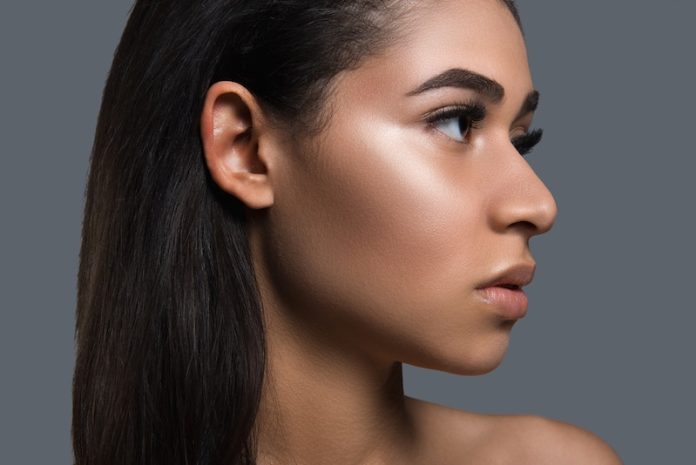
Changes to the jawbone in middle age may predict height loss in women later in life, according to research published in the open-access journal BMJ Open.
Dentists, who can detect these changes on routine X-ray check-ups, could collaborate with patient’s physicians to provide early prevention methods.
The Height Loss Phenomenon
Height loss in women generally accelerates after the age of 75, and is associated with increased risks of illness and death.
Various reasons have been proposed for this height loss, including skeletal deformation, osteoporosis, and vertebral fractures.
The researchers aimed to investigate if the jawbone, reflecting general skeletal health, could predict future height loss.
The Study
The study used data from the Prospective Population Study of Women in Gothenburg, Sweden, a long-term study initiated in 1968.
It included 933 women, who underwent health and dental check-ups at least twice during the study period.
The researchers examined the condition of two proxies for bone health in the jawbone—cortical erosion and trabecular sparseness—and their possible link to height loss.
The Findings
The average annual height loss across three 12-13-year observation periods amounted to a total loss of up to 4.3 cm.
The proportion of women with severe cortical erosion and sparse trabeculation, both indicative of deteriorating bone health, increased over time. In each observation period, the height loss was greatest among women with these conditions.
Cortical erosion and sparse trabeculation at all three-time points were significant predictors of height loss over the subsequent 12 or 13 years.
This held true even when adjusting for factors like height, physical activity levels, smoking, weight, and education.
The Implications
While this is an observational study and cannot confirm cause and effect, the researchers suggest that the structural bone changes seen in the participants’ jawbones likely mirror those of the vertebrae, which would explain the potential height reduction.
The researchers believe that these changes may serve as indicators for early screening of bone degeneration, signaling the need for further clinical attention for older women at risk of height loss.
They propose, “Since most individuals visit their dentist at least every 2 years and radiographs are taken, a collaboration between dentists and physicians may open opportunities for predicting future risk of height loss.”
If you care about bone health, please read studies about vitamin K deficiency linked to hip fractures in old people, and these vitamins could help reduce bone fracture risk.
For more information about wellness, please see recent studies that Krill oil could improve muscle health in older people, and eating yogurt linked to lower frailty in older people.
The study was published in BMJ Open. Follow us on Twitter for more articles about this topic.
Copyright © 2023 Knowridge Science Report. All rights reserved.



